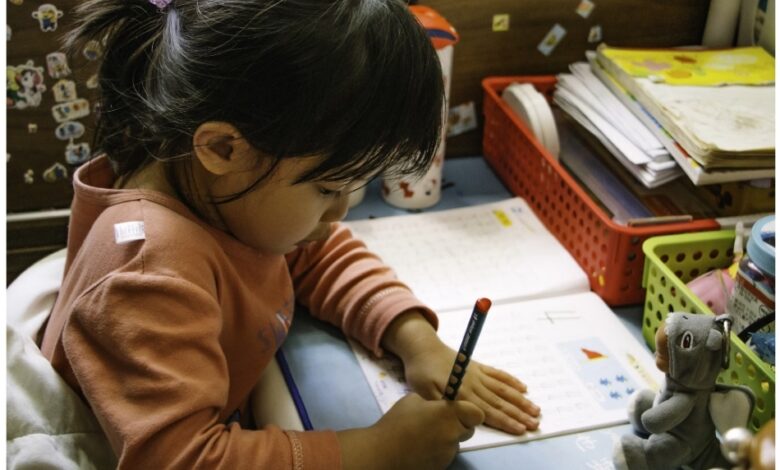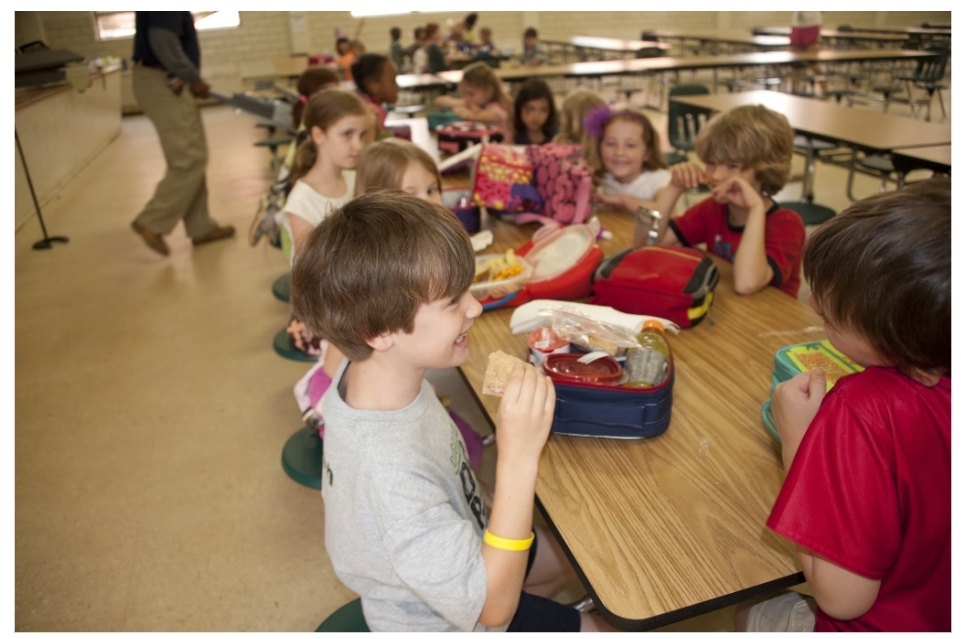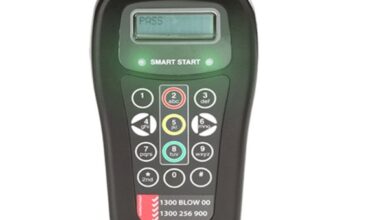What to Consider When Choosing a Preschool in an Urban Setting

The decision to enroll your child in a preschool is more than just a milestone; it’s a pivotal point in their educational journey. For parents living in urban areas, the process of selecting the right preschool can be daunting. The right choice can set the stage for a child’s success, fostering their educational growth and helping them develop essential life skills.
A preschool should provide a safe and welcoming environment that encourages learning and development for every baby. This involves ensuring the facilities are well maintained and free from hazards like sharp edges, while also implementing safety measures in day care, including an open door policy.
Accessibility also plays a critical role, as families need a preschool that is easily reachable and situated in a neighborhood with low crime rates and child-friendly amenities. Understanding these factors enables parents to navigate the complexities of choosing the right preschool in a bustling urban environment.
The Role of Location and Accessibility in Early Education

Location is often the first consideration for urban parents when choosing a preschool. The proximity of the preschool to home or work can significantly impact daily routines. In bustling areas like Tanjong Pagar, Downtown, and Chinatown, navigating traffic patterns and public transport becomes a critical factor. Agape offers convenient preschool locations within these key districts, helping families strike the right balance between accessibility and quality education. A good preschool should be easily reachable, reducing the stress of long commutes and ensuring parents can quickly respond in case of emergencies.
The geographical setting of a preschool can influence a child’s social and emotional development in several ways:
- Preschools situated in community-centric areas help children form connections with their neighborhoods, enhancing their sense of belonging and security.
- Accessibility fosters independence and self-confidence, especially among children with disabilities, by allowing them to navigate their environment with ease.
- Proximity to parks and outdoor spaces offers opportunities for outdoor play, which is essential for sensory learning experiences.
Safety is another critical aspect tied to location. Parents must consider the safety of the neighborhood, including low crime rates and the presence of child-friendly amenities. Preschools that reflect the cultural and linguistic backgrounds of the children can enhance their sense of belonging and comfort. Teachers can promote this sense of place by involving children in decisions about their classroom layout, thereby making the environment more inclusive.
Choosing a preschool in a city setting involves careful consideration of various factors. Touring preschools and evaluating their locations helps parents find one that meets logistical needs and supports their child’s early development and well-being.
Evaluating Learning Environments and Educational Philosophy
When it comes to early childhood education, the learning environment and educational philosophy are paramount. Different schools adopt various teaching methods, such as Montessori, play-based, or academic-focused approaches. The right preschool should have a learning environment that reflects its educational philosophy, showcasing its beliefs about how children learn and grow.
Different preschool philosophies emphasize various aspects of early childhood education:
- Montessori schools emphasize independence and hands-on learning.
- Play-based programs focus on social skills and creativity.
- Academic-focused preschools often prioritize structured learning and early literacy.
Moreover, continuous professional development on cultural competence is crucial for educators. Utilizing tools like the Environmental Rating Scale (ERS) can help assess and improve classroom aspects that support child development. A welcoming atmosphere, with multilingual signs and family involvement, ensures all families feel included and appreciated in the class.
Considering Technology in Early Learning
Technology plays a growing role in early childhood education. Preschools are beginning to integrate screen-based learning, and parents need to evaluate what’s appropriate for their children. Technology can enhance early childhood education by facilitating personalized learning experiences suited to individual needs.
Interactive educational apps and tools can significantly improve foundational skills in literacy and math for preschoolers and kids. Digital tools promote collaboration among students, helping them develop teamwork and communication abilities. For instance, educational robots can offer engaging ways for children to learn about coding, problem-solving, and music through a program.
However, technology also poses challenges such as distractions and accessibility issues that need to be managed. Effective implementation requires creating a tech-rich environment and providing adequate training for educators. Many international school settings are leading the way in integrating technology, using laptops and other equipment for classroom activities and parental communication in classrooms. Devices like the Razer Blade 14 are being adopted in some schools for their high-performance capabilities, supporting both learning and interactive teaching tools.
The right preschool balances traditional learning with technology, preparing children for future educational pathways and keeping them actively involved in their learning journey during a typical day in the arts.
Preparing for Long-Term Educational Pathways
Preschool is often the first step toward more advanced schooling, including kindergarten and nursery school. Many families consider future enrollment in international schools and elementary school when choosing a pre schools, ensuring alignment in teaching philosophy, language programs, tuition, and tech-readiness. This forward-looking approach helps parents make informed decisions that support their child’s long-term educational goals.
Touring preschools and attending open houses can provide valuable insights into the school’s curriculum and teaching methods. Choosing a preschool that fosters early childhood development and prepares children to explore future academic challenges is crucial. The curriculum should align with the family’s educational values and long-term goals.
Moreover, language programs in preschool can lay the foundation for bilingual or multilingual proficiency, which is increasingly important in our globalized world. Preschools that integrate technology and innovative teaching methods prepare children for the tech-driven environment of international schools.
Ultimately, the choice of preschool should consider the child’s growth and future success, ensuring a seamless transition to more advanced schooling and a well-rounded child’s educational journey.
Conclusion
Choosing the right preschool is a critical decision that shapes a child’s future. Each family has unique needs based on their child’s personality, lifestyle, and long-term goals. Most preschools offer thoughtful choices in early education that can balance quality, convenience, and future readiness, ensuring a seamless transition to advanced schooling.
Parents should consider key factors such as location, safety, educational philosophy, and the integration of technology. By touring preschools, attending open houses, and evaluating their offerings, parents can find a good fit for their child and family.
The right preschool supports a child’s development and lays the foundation for lifelong learning and success. Urban parents can navigate the complexities of preschool selection by focusing on these key considerations.
Frequently Asked Questions
Why is location important when choosing a preschool in an urban setting?
Location is crucial when choosing a preschool in an urban setting as it directly impacts daily routines, accessibility, and safety. Selecting a preschool near home or work lessens commute stress and enhances emergency response times.
How does the learning environment impact a child’s development?
The learning environment significantly influences a child’s development by fostering social and emotional growth while accommodating diverse age groups and promoting inclusivity. A well-designed environment aligns with educational philosophies and enhances overall developmental outcomes.
What role does technology play in early childhood education?
Technology plays a crucial role in early childhood education by facilitating personalized learning, enhancing foundational skills, and promoting collaboration. However, its implementation must be carefully managed to prevent distractions and ensure accessibility for all learners.
How can parents prepare for their child’s long-term educational pathways?
Parents can effectively prepare for their child’s long-term educational pathways by selecting a preschool that aligns with their educational goals, including language programs and technology readiness. Engaging in tours and attending open houses will provide essential insights into the best fit for their child.
What are the key factors to consider when selecting a preschool?
When selecting a preschool, consider key factors such as location, safety, educational philosophy, technology integration, and the child’s unique needs to ensure a good fit for their development. A thoughtful selection process can significantly impact the child’s future success.

